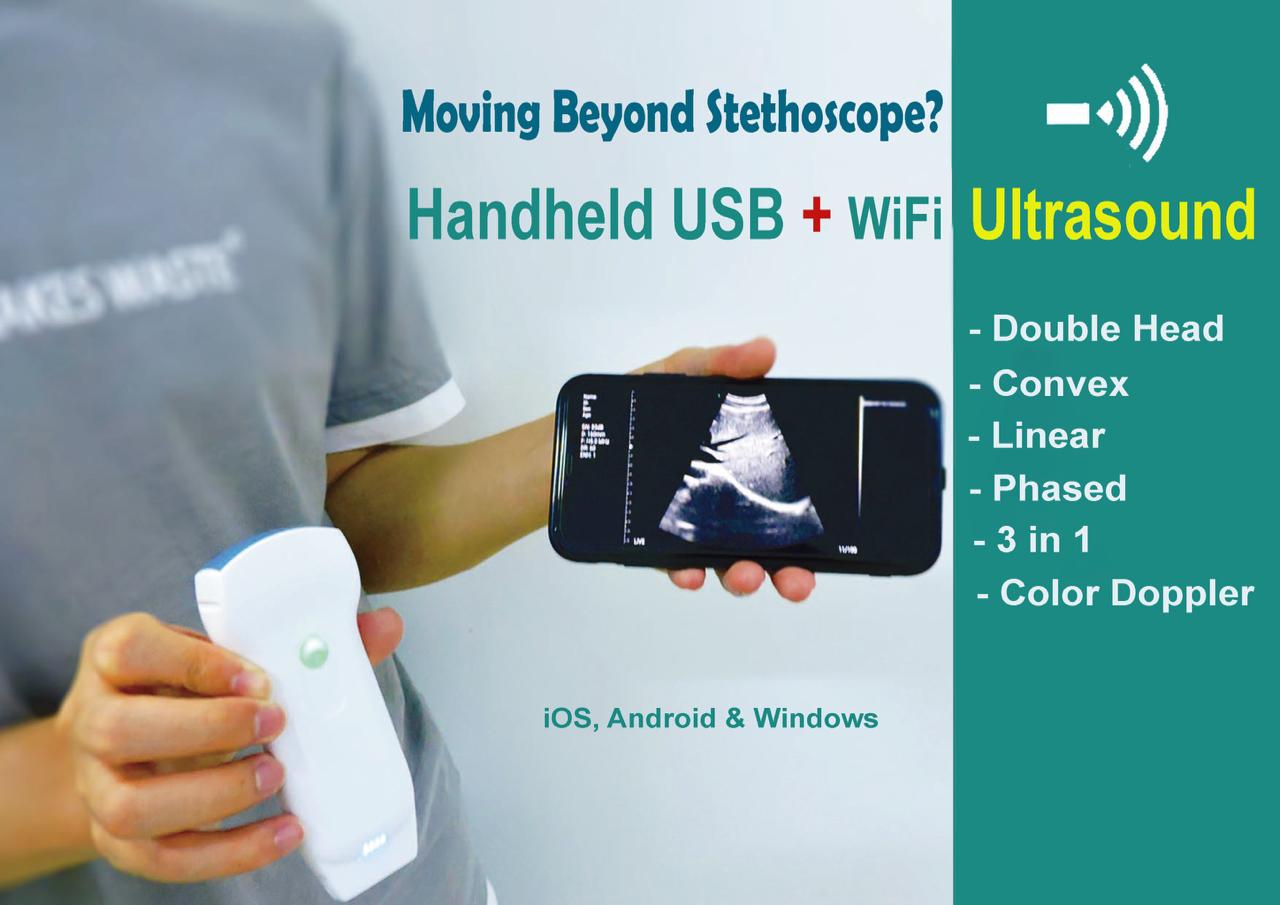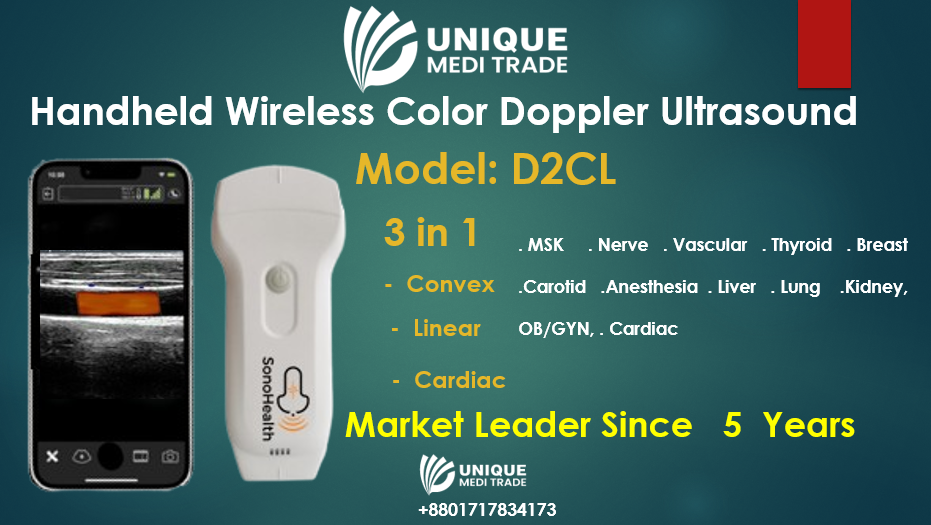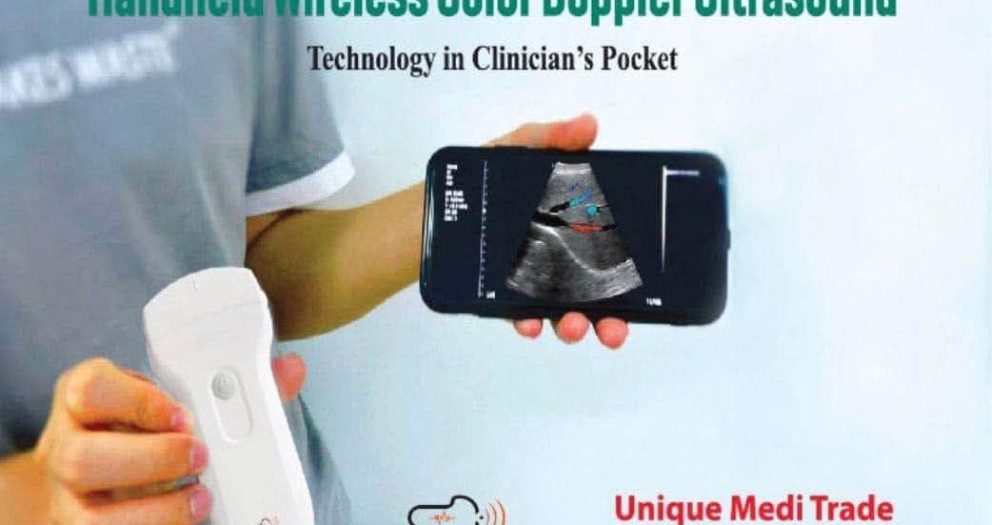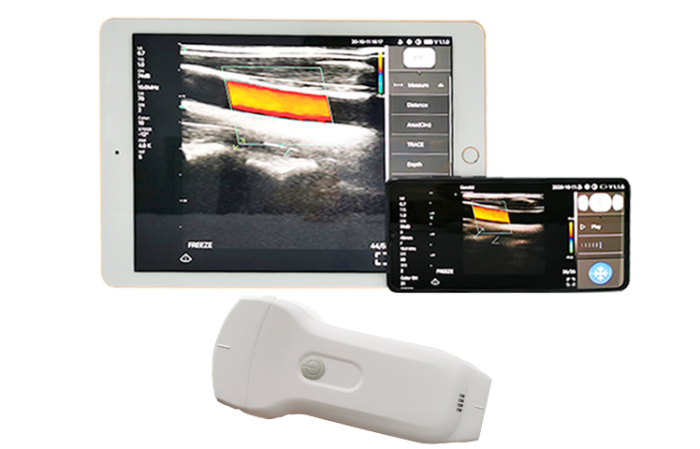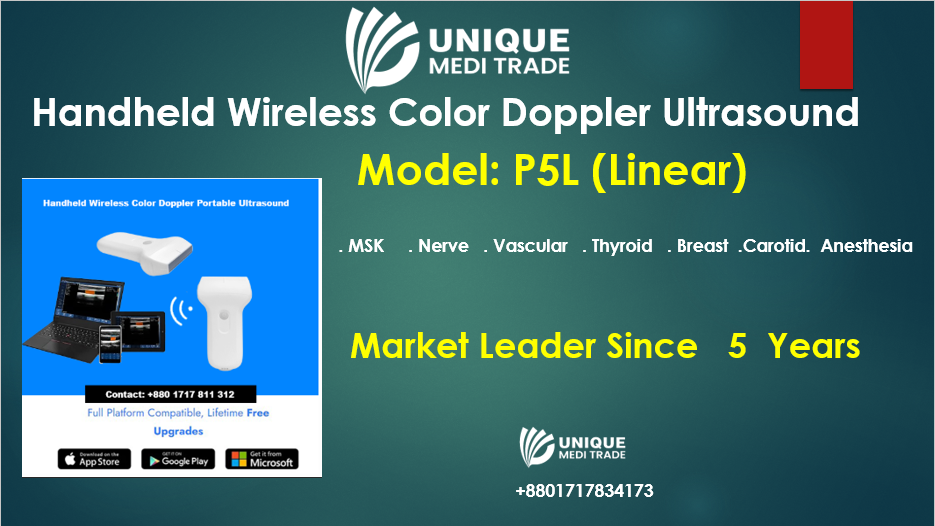Here are 30 key considerations for choosing a portable ultrasound machine for doctors, covering aspects from clinical requirements to budget and technical specifications:
Clinical Requirements
- Intended Use: Determine the primary applications (e.g., OB/GYN, cardiac, MSK, emergency) as each requires specific imaging capabilities.
- Imaging Modes: Check for the availability of necessary imaging modes (B-mode, M-mode, color Doppler, etc.).
- Patient Volume: Consider if the device will handle high patient volumes, as more durable, faster devices are needed for busy practices.
- Workflow Efficiency: Opt for models that allow easy patient data entry, annotation, and quick access to settings.
- Portability Needs: Choose between handheld, laptop-sized, or trolley-mounted based on how frequently the device will be moved.
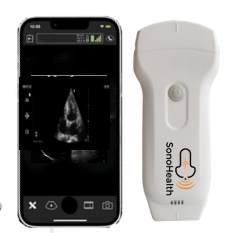
Double Headed Linear + Convex Handheld Wireless Color Doppler Ultrasound
Technical Specifications
- Image Quality: High-resolution imaging is essential for accurate diagnosis, especially for fine details in MSK, vascular, or cardiac scans.
- Frequency Range: Consider probes with adjustable frequencies to adapt to different tissue depths (e.g., superficial structures vs. abdominal organs).
- Doppler Capabilities: Color, power, and spectral Doppler options are crucial for vascular, cardiac, and obstetric assessments.
- Probe Types and Versatility: Ensure the machine has compatible probes for your specialty, such as linear, convex, and phased array probes.
- Battery Life: Look for models with long battery life for uninterrupted scanning, particularly for field or emergency use.
Connectivity and Integration
- Wireless Capability: Wireless options are convenient for mobile use and remote diagnostics, ideal for connecting with smartphones or tablets.
- Data Storage and Transfer: Evaluate storage capacity and transfer options like cloud integration, USB, Wi-Fi, or DICOM for record-keeping.
- Compatibility with Devices: If using a handheld device, ensure compatibility with your preferred mobile devices (iOS or Android).
- Software Updates: Check if the machine supports software updates to keep it up-to-date with the latest imaging technology.
- Connectivity with EMR Systems: Seamless integration with Electronic Medical Records (EMR) systems is crucial for efficient patient data management.
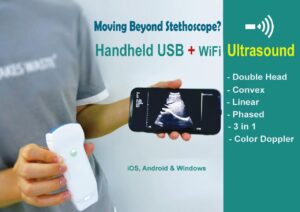
Handheld Portable USG
User Interface and Ease of Use
- User-Friendly Interface: Touchscreen and intuitive menu options improve ease of use, particularly for busy clinicians.
- Preset Configurations: Machines with preset imaging settings can save time and enhance consistency in common exams.
- Touch and Voice Control: Some portable models offer touch or voice control for hands-free operation.
- Quick Boot-Up Time: Short boot-up time is essential for emergency and point-of-care applications where time is critical.
- Customizable Settings: Ability to adjust gain, depth, and contrast for various clinical applications enhances versatility.
Physical Design and Durability
- Weight and Size: Lighter models are easier to carry and operate for doctors who perform mobile or remote diagnostics.
- Build Quality: Durable materials and rugged designs are critical for use in challenging environments.
- Waterproof/Resistant Options: Waterproof models are valuable in emergency settings and for hygiene maintenance.
- Drop Resistance: Some handheld devices are drop-resistant, which is useful for mobile clinicians.
- Ergonomic Design: Comfortable design reduces strain during prolonged use, especially for handheld devices.
Additional Features and Support
- Artificial Intelligence (AI) Assistance: AI-based image interpretation or assistance can enhance diagnostic accuracy and speed.
- Manufacturer Support and Warranty: Look for reliable technical support and a warranty that covers essential repairs.
- Cost of Ownership: Factor in the long-term costs of consumables, maintenance, and software upgrades.
- Training and User Resources: Check if the manufacturer offers training or resources, as some devices have a learning curve.
- Budget and Financing Options: Balance your budget with features; some suppliers offer financing plans for high-quality machines.
Bonus Tips
- Feedback from Colleagues: Hearing from other clinicians who use the device can provide practical insights.
- Demonstration Options: Many suppliers offer demo units or trials, which can be invaluable for evaluating comfort and performance.
Carefully evaluating these considerations can help doctors choose the best portable ultrasound machine for their clinical, financial, and operational needs.

